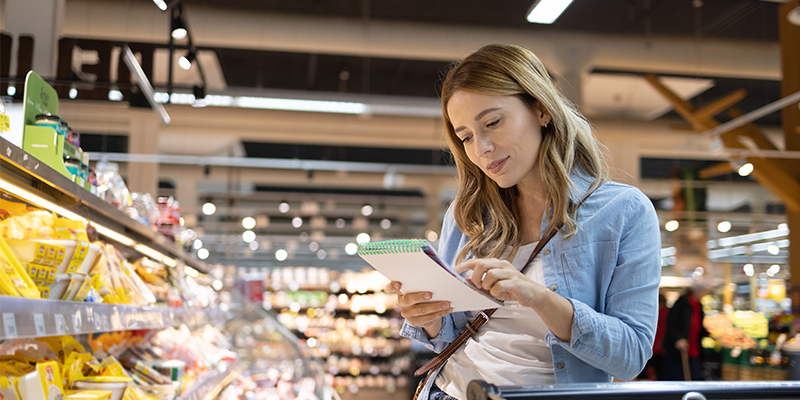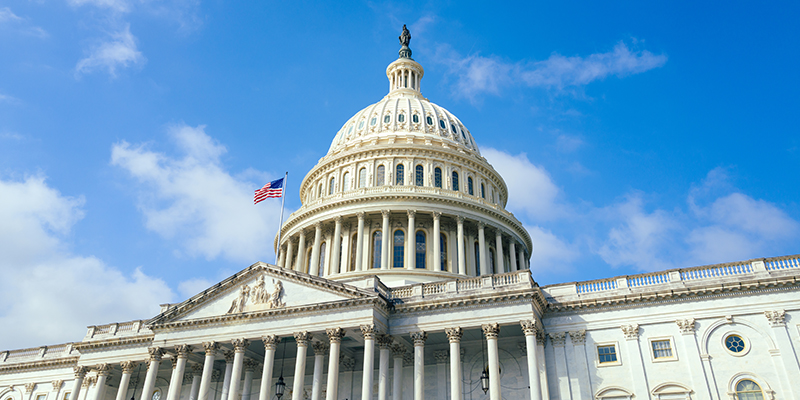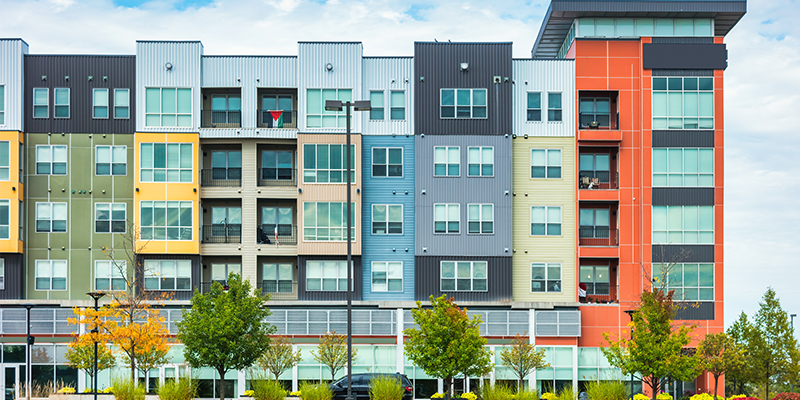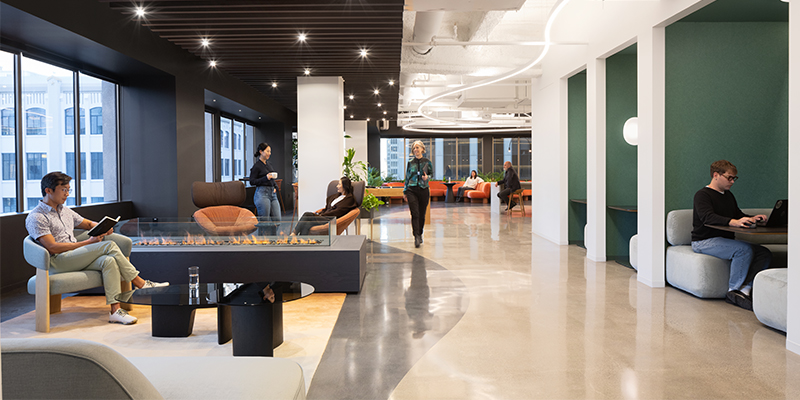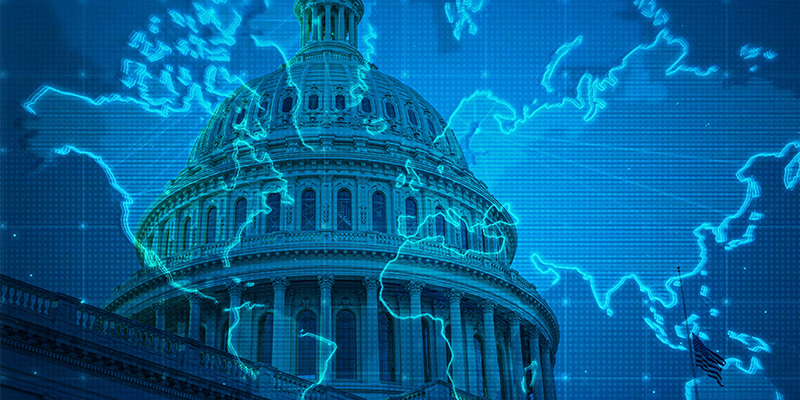By Brielle Scott
In 2019, the dominant discussion in all of retail was the retail apocalypse.
“‘Physical stores are dying. They’re losing importance. There’s going to be all online. Everything’s going to be convenience oriented,’ said Ethan Chernofsky, Chief Marketing Officer of Placer.ai, in a recent webinar focused on retail trends.
“The COVID-19 pandemic was the ideal test case for creating a scenario where no one will ever visit retail again, yet we didn’t see that. We saw that when physical retail or restaurants reopened, people flocked back,” he said. “So today, when we see these cycles of uncertainty, consumers are getting past it fairly quickly, and perhaps even more quickly because of all the volatility they’ve experienced,” Chernofsky explained.
Below, more key takeaways from Chernofsky’s remarks:
- When there is economic pressure, consumers flock to discount outlets. “When some of the tariffs hit in early April, we saw an immediate surge into discounted dollar [stores], into membership clubs and into grocery, which reaffirms this trend that we’ve seen over the last five years that when there is this pressure, consumers tend to go to these types of outlets. With membership clubs like Costco, BJ’s and Sam’s Club, what the [COVID-19] pandemic did is it pushed people to try going to one place, getting a whole lot done and doing it at value. And the amazing thing about the membership clubs is once you’re willing to go over that cliff and be part of it, there’s a lot of stickiness. And these retailers are very good at fulfilling the promise that they are built upon, and so they get these repeat visitors.”
- Economic uncertainty brings out the D.I.Y.-er in all of us. “Generally, between February and May is the peak season for home improvement. And by that, I mean Home Depot, Lowe’s, that kind of do-it-yourself home improvement retailers. We saw visits to those stores really pop right before ‘Liberation Day’ [what President Donald Trump called the day he announced a broad package of import duties]. It shows a pattern that we’ve seen in the last few years, which is, What are purchases I need to have? How can I do that at a greater value when there’s economic uncertainty? And what are the things that can push off?’”
- The role of the store is not diminished by the shift to e-commerce and by the shift to some of these other channels. “I think the best example of that is Walmart. Walmart, in their recent earnings, reported the bulk of their lift was coming from e-commerce. If you dug a level deeper, you would find that store-fulfilled digital orders were something like 50% of that growth. That’s a huge testament to the role of the store, and not only is it not decreasing because of online growth, it’s increasing because of its role within the wider supply chain and how it enables these retailers to be more effective and efficient in terms of their overall utilization. The more we embrace that, especially from the real estate side, the more we’re going to understand and emphasize the full value that each location brings to the table.”
- When we’re thinking about the customer, we need to remember that this is not always a rational equation. “If I go to multiple grocery stores pursuing value, I might actually be spending more because I’m driving so far out and spending money. The consumer is just thinking in ‘value mode,’ and understanding from behavioral data what ‘value mode’ means for the consumer can give us a good indication of what’s going to happen. It can trigger this warning sign of, ‘Hey, when might I want to start focusing on my value-orientation pricing even if it’s just my marketing and messaging the way I promote my center or my retailers?’”
- There’s opportunity in the urban retail revival. “If I’m a retailer based in New York City and I saw my audience move to the suburbs of New Jersey or Connecticut in the last few years, that’s where I need to be because that’s where my audience is. Especially if I was targeting an older Millennial, they just aren’t in the city to the same degree that they were in the past. And that’s good for cities – it’s going to create this kind of revival in terms of urban retail. I think that is a really important element and it speaks a lot about this opportunity we’ve been hearing about, which is urbanization of the suburbs. People have moved from cities, but they haven’t changed all their behavioral patterns. It’s not like they never want to go to a restaurant again.”
“I’ll steal from a good friend of ours, Barrie Scardina, president of Americas Retail Services at Cushman & Wakefield, who talks a lot about this idea that there is no longer an urban-oriented retailer, or a suburban-oriented retailer, but everyone can thrive, and they just need to understand how to bring something unique and focused to each environment.”

